Megadiversity Conservation: Flora, Fauna and Medicinal Plants of India's Hot Spots
Megadiversity is a much less discussed subject than biodiversity of the present day in India in the fields of flora and fauna. This term and another term ‘Hot Spots’ have recently been used by World Bank and other World bodies for species diversity and endemism in the World’s selected few rich floral and faunal zones. Two spots identified as ‘Megadiversity’ and ‘Hot Spots’ in India are North-eastern Himalayas and Western Ghat. But India as whole has been marked a megadiversity area. 11 other megadiversity zones are Mexico, Peru, Colombia, Equador, Brazil, Zaire, Madagascar, China, Indonesia, Australia and Malaysia. Indian people of today are not yet very much conscious and concerned about biodiversity loss and degradation of entire ecosystem. The authors have brought into the sphere of discussions the corelation of the terms megadiversity (biodiversity) with conservation, sustainability ecodevelopment and ‘Protected Area’ concerning the north-eastern Indian states. They have also collated various definitions, concepts and values of Megadiversity (biodiversity) and presented them in charts and critical notes to make the subject perceptible to common readers. To highlight the megadiversity (biodiversity) rich resources and loss due to biotic impacts the authors have chosen the floral groups, medicinal plants and faunal groups of birds, fish, mammals, reptiles, lizards and amphibia for analysis on a broad base. In support to their findings they have adequate data, charts to nullify the much bloated other floal and faunal resources. As the conservation need is urgent in the face of depletion India needs a well designed strategy to protect these resources. During the exercise the authors have referred to the Herculian efforts of the Government of India how on war footing they have been trying to save these resources from depletion. Hope this work will open up new vista on the status of our resources of flora and fauna, their present threats and action plan for conservation.
Get it now and save 10%
BECOME A MEMBER

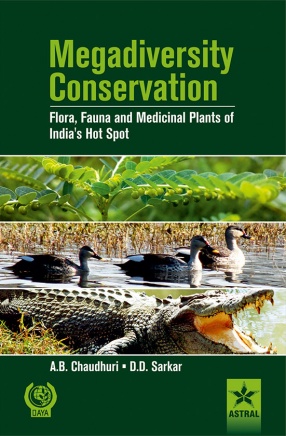
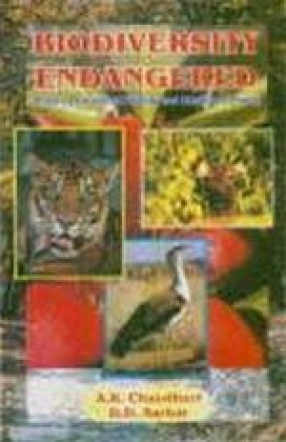
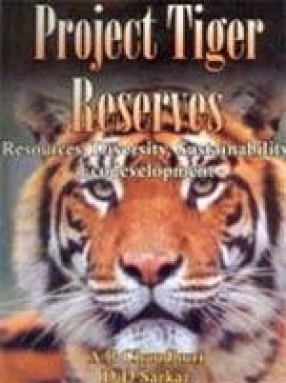
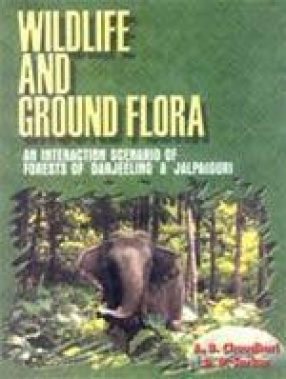
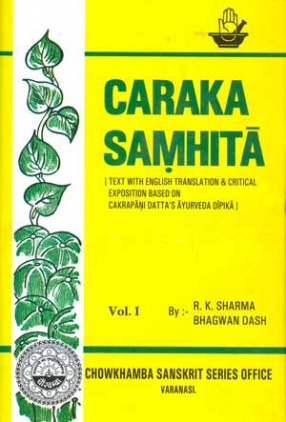
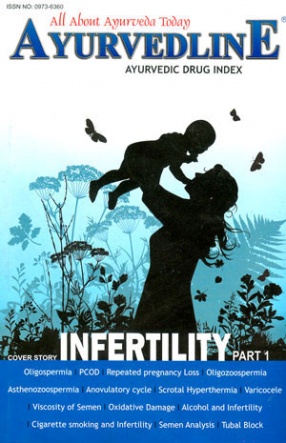
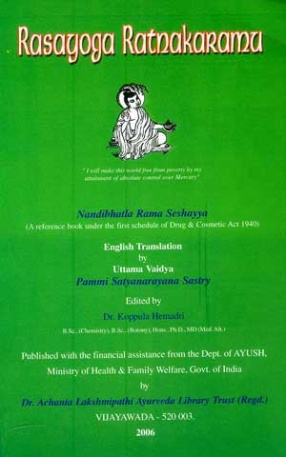
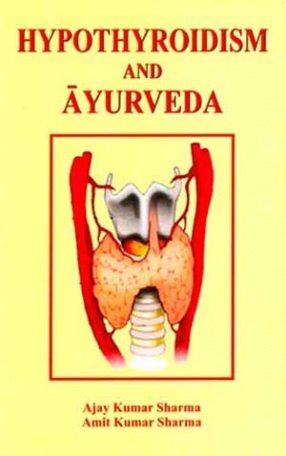

Bibliographic information
D.D. Sarkar
Tags